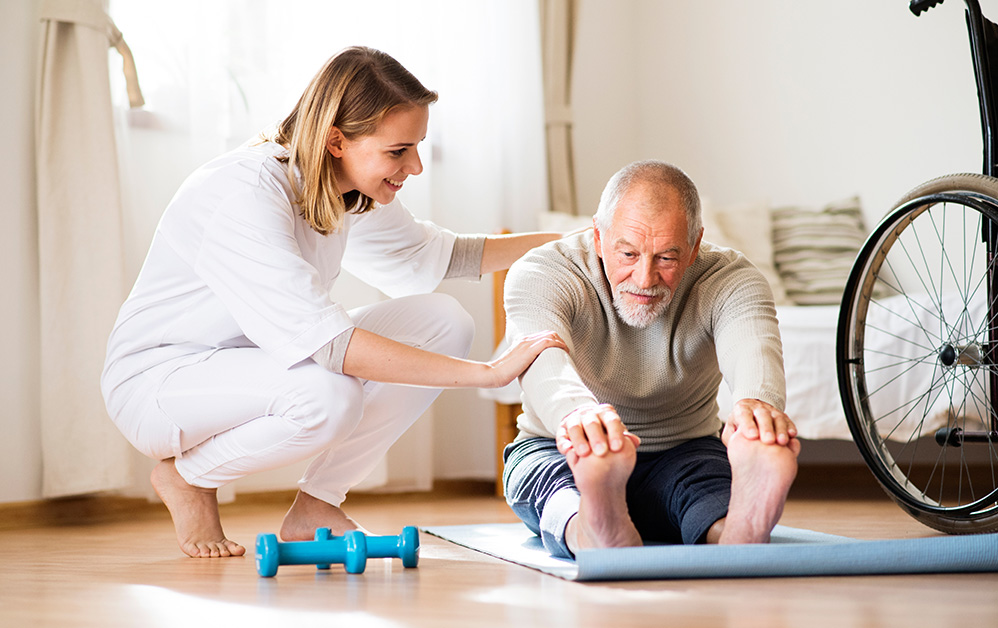

- Caregiver lifing patient how to#
- Caregiver lifing patient manual#
- Caregiver lifing patient portable#
Compensation costs due to patient handling decreased in the intervention facility, with a 241% increase in the comparison facility. Seventy-five percent of staff preferred to use the ceiling lifts over any other method for lifting and transferring residents.
Caregiver lifing patient manual#
Results indicated that staff perceived they were at significantly (p<0.05) less risk of injury when using ceiling lifts compared to manual methods.
Caregiver lifing patient portable#
This pre-post intervention study assesses the effectiveness of portable ceiling lifts in a new multi-level care facility on risk of patient handling injuries where the ratio of ceiling lifts to resident beds is one to six. The majority of these studies have only evaluated the impact of fixed ceiling lifts on extended care residents where the ratio of ceiling lifts to resident beds is one to one. Researchers and health and safety practitioners have advocated replacing manual patient handling techniques with ceiling lifts in long-term care. The overall objective is to understand the effects of space restriction (one variable) on a lift and to quantify it in terms of increased risk based on the unobstructed lift. Second is to examine existing deficits in literature beyond technique. One is to develop a hierarchy of importance for the variables that control a lift. Consequently, the future research developed and proposed here is based on this list of 25 variables and seeks to provide two things. During this study, a list of questions was compiled with each derived from 25 common items/variables identified to be influencers by nurses, doctors and administrators. The number of questions per factor varies, but each directly relates to a primary confounding issue.
Caregiver lifing patient how to#
The degree to which each of these factors influence and/or determine a nurse's decision on how to perform a particular lift can be ascertained by a series of questions. Environmental factors deal with physical space, situation/event, and administration/policy.

People factors involve staff culture, patient characteristics, and handler characteristics. To better understand this, a descriptive study of people and environmental factors was done, examining and mapping their influence and interaction based on data from literature, interviews, and focus groups. Consequently, these different interests have shown to both help and/or contribute to the existing people or environmental factors, which a nurse must weigh before performing a patient lift. An examination of the various approaches yields solutions that directly relate to desired secondary outcomes based on immediacy and/or the developer's job interest. However, interpretation of the needed response based on research has lead to a division of approaches when contemplating policy versus engineering solutions.

Marris's work on maximum safe spinal load limit. Research on patient handling has provided valuable insights, such as Dr. In forty percent of these cases, injury to the back was the primary cause. The Bureau of Labor Statistics (BLS) injury data for 2002 indicates that nurses and healthcare personnel incurred 623,600 nonfatal injuries and illnesses, a 12.6/100 incident rate. Injuries to patient handlers are a worldwide problem and have been listed as a primary research interest by the National Institute for Occupational Safety and Health (NIOSH) since the 1980's.


 0 kommentar(er)
0 kommentar(er)
